Fajita Spices Unraveled: The Sizzling Secrets Behind Your Favorite Tex-Mex Flavor Bomb
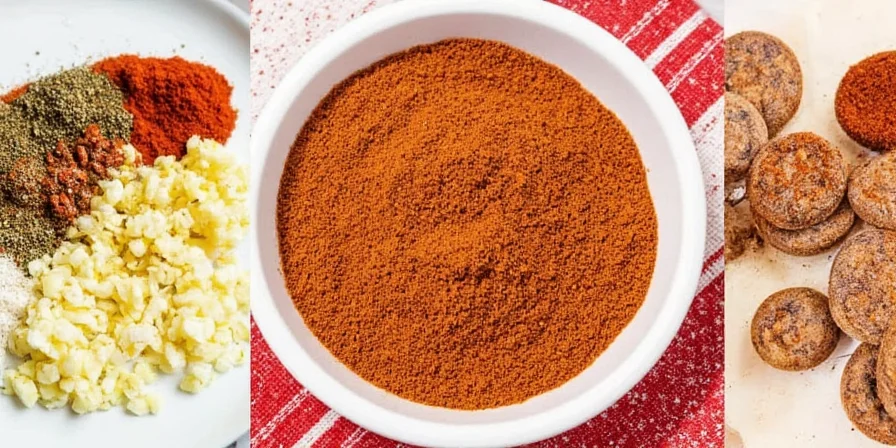
Table of Contents
- Introduction
- What Exactly Are Fajita Spices?
- Global Spice Traditions That Influenced Fajita Seasoning
- DIY Fajita Spice Mix: Step-by-Step Recipe
- Pro Tips for Using Fajita Spices Like a Pro
- How to Pair Fajita Spices with Proteins & Veggies
- Myth-Busting Common Fajita Spice Misconceptions
- Conclusion
Introduction: Why You Should Care About Fajita Spices (Even If You’re Not in Texas)
If you've ever had a sizzling plate of fajitas placed in front of you at a Mexican restaurant, chances are the first thing you noticed wasn't just the meat or the peppers — it was the aroma. That deep, earthy, slightly smoky scent that hits your nose before the first bite? Yep, that's the magic of fajita spices.
But here’s the kicker: there’s no single "official" fajita spice blend. It’s more of a concept than a recipe — a tradition rooted in Tex-Mex cooking that borrows from Mexican heritage and American innovation.
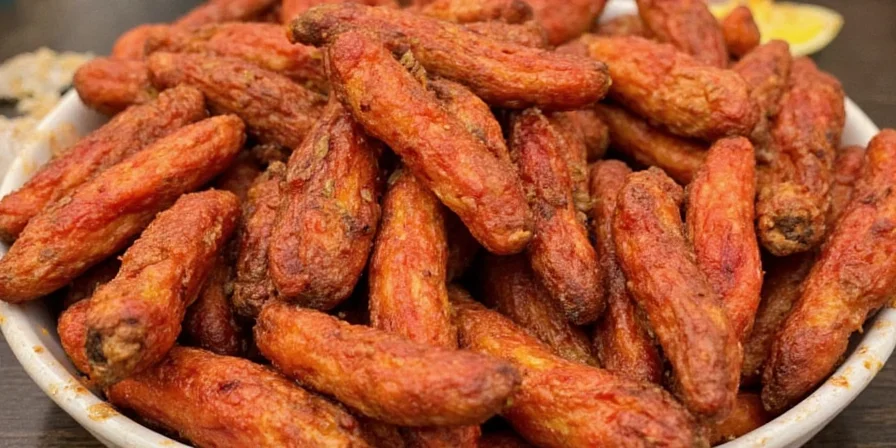
What Exactly Are Fajita Spices?
At its core, fajita seasoning is a dry rub designed to enhance grilled meats and vegetables. While recipes vary widely, most blends contain a mix of:
- Chili powder
- Paprika
- Cumin
- Garlic powder
- Onion powder
- Smoked paprika
- Black pepper
- Salt
- Oregano
Some versions might include cayenne for heat, coriander for brightness, or even dried lime for a tangy twist. Think of it as a blank canvas where regional influences can add flair — and that’s where the fun begins!
Global Spice Traditions That Influenced Fajita Seasoning
The beauty of fajita spices lies in their cross-cultural roots. Let’s take a flavorful trip around the world to see what inspired this iconic Tex-Mex staple:
| Region | Spice Influence | Description |
|---|---|---|
| Mexico | Dried Chilies, Cumin | Brought the foundational flavors — smoky chilies and earthy cumin define much of Mexican cuisine. |
| Morocco | Coriander, Paprika | North African spice blends like Ras el Hanout share similarities in warm, aromatic profiles. |
| India | Turmeric, Cumin | Though not common in fajita mixes, turmeric has made appearances in fusion versions for color and depth. |
| United States | Salt, Garlic Powder | American home cooks added convenience spices, creating the modern pre-made fajita mix we know today. |
| Middle East | Oregano, Sumac | In Lebanese-inspired fajita blends, sumac adds a citrusy punch that brightens the dish. |
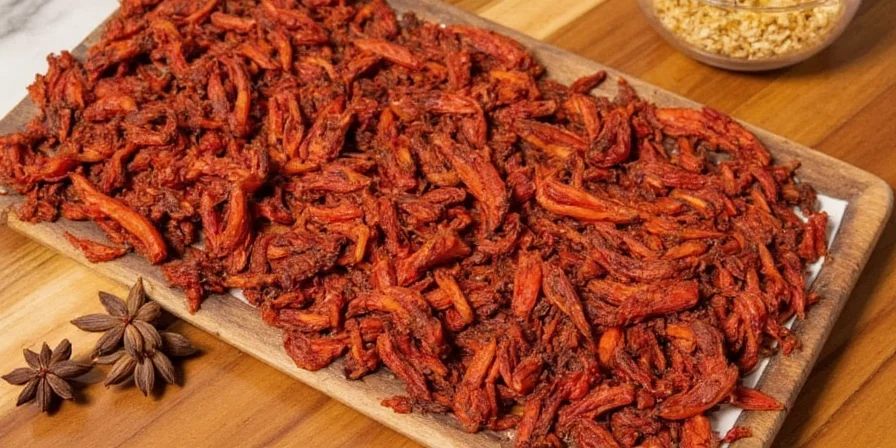
DIY Fajita Spice Mix: Step-by-Step Recipe
Want to make your own fajita seasoning instead of buying pre-made packets? It’s easier than you think — and way tastier. Here's a basic yet delicious blend:
Classic Homemade Fajita Spice Blend
- 2 tbsp chili powder
- 1 tbsp smoked paprika
- 1 tbsp ground cumin
- 1 tsp garlic powder
- 1 tsp onion powder
- 1 tsp dried oregano
- ½ tsp black pepper
- ½ tsp salt (adjust to taste)
- Optional: ¼ tsp cayenne for heat
Instructions:
- Grab a small bowl.
- Combine all ingredients using a whisk or spoon until evenly mixed.
- Store in an airtight container in a cool, dark place.
- Use within 6 months for peak flavor.
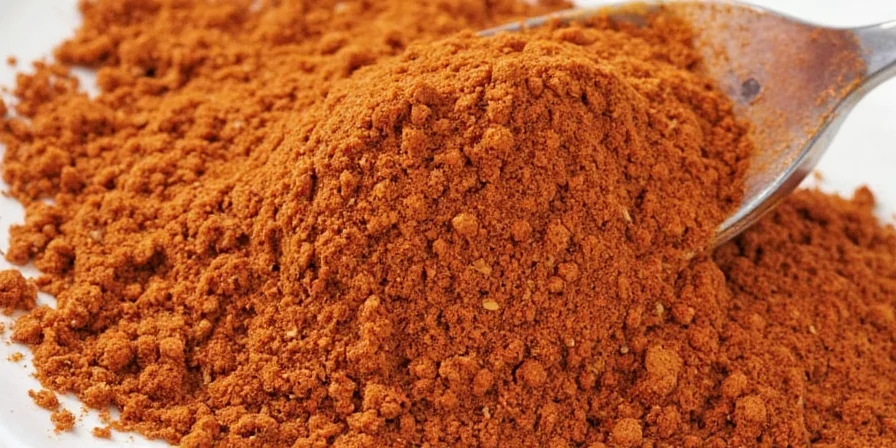
Pro Tips for Using Fajita Spices Like a Pro
You’ve got the mix — now what? Here are some expert-approved tips to get the most out of your fajita spices:
- Rub It In: Don’t just sprinkle — massage the spices into your protein or veggies for deeper flavor absorption.
- Let It Rest: Allow the seasoned meat to sit for 15–30 minutes before cooking. This helps the spices penetrate the surface.
- High Heat = High Flavor: Cook your seasoned items on a screaming hot skillet or grill. That sear creates the Maillard reaction — and that’s where the magic happens.
- Don’t Forget the Oil: Add a touch of oil when seasoning meats; it helps spices adhere better and promotes caramelization.
- Double-Dip: Use leftover spice mix on roasted potatoes, popcorn, or scrambled eggs for a spicy twist.
How to Pair Fajita Spices with Proteins & Veggies
While traditionally used for skirt steak, fajita spices work beautifully across a range of ingredients. Here’s a handy pairing guide:
| Protein/Veggie | Why It Works | Pro Tip |
|---|---|---|
| Skirt Steak | Fatty, juicy cut absorbs spices well | Rest before slicing to keep juices sealed |
| Chicken Breast | Lean but takes on bold flavors easily | Marinate with spices and lime juice overnight |
| Shrimp | Quick-cooking and picks up smoke nicely | Pat dry before seasoning to avoid steaming |
| Portobello Mushrooms | Meaty texture mimics traditional fillings | Brush with olive oil before seasoning |
| Zucchini & Squash | Grills well and balances rich spices | Slice thinly for faster char |
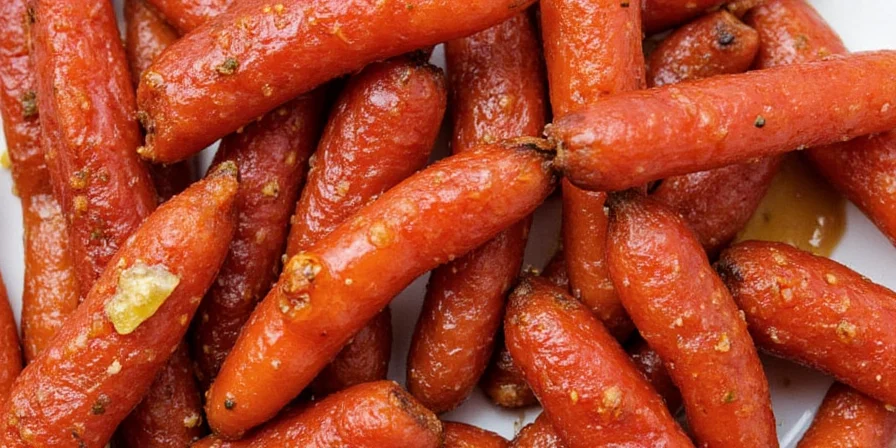
Myth-Busting Common Fajita Spice Misconceptions
Like many beloved seasonings, fajita spices have developed a few myths over the years. Let’s set the record straight:
- Myth 1: Fajita Spices Are Always Spicy
Reality: They can be mild, smoky, earthy, or just a hint of heat — entirely up to your taste buds. - Myth 2: Fajita Spices Only Work on Meat
Reality: Vegetables, tofu, and even grains can benefit from a generous dusting. - Myth 3: Store-Bought Is Just as Good
Reality: Sure, it’s convenient, but homemade gives you control over quality and intensity. - Myth 4: You Need Limes and Tortillas
Reality: While classic, fajita spices can stand alone — try them on rice bowls or wraps for variety.
Conclusion: Elevate Your Cooking with Fajita Spices
Fajita spices may come from a humble Tex-Mex background, but their flavor potential is anything but basic. Whether you're grilling up chicken for tacos, jazzing up your veggie skewers, or experimenting with international twists, these spices offer a gateway to bold, customizable flavor.
So next time you reach for that bag of pre-made seasoning, remember: the best fajitas start with a pinch of curiosity, a dash of creativity, and a whole lot of love. Now go forth and season boldly!
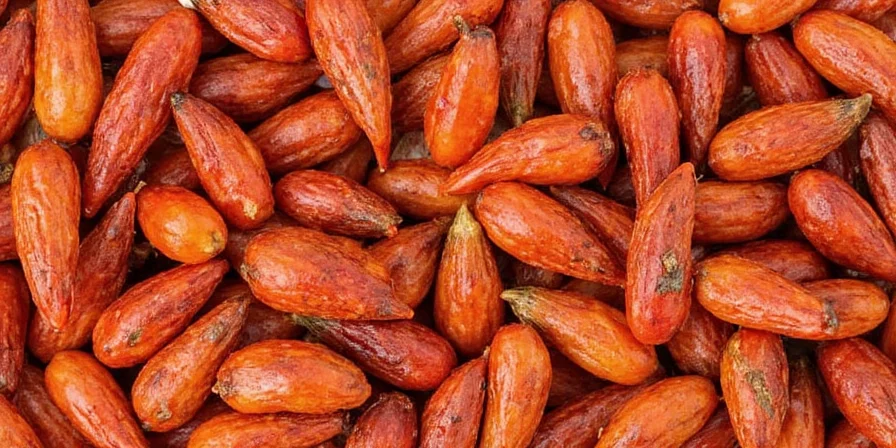











 浙公网安备
33010002000092号
浙公网安备
33010002000092号 浙B2-20120091-4
浙B2-20120091-4